The Metropolitan Museum is one of the most legendary museums in the world, the fourth most popular among the world population. The poster continues to introduce its readers to the treasures of the beloved museum, presenting its masterpieces in all their glory.
The Metropolitan Museum can surely be called one of the greatest wonders of the XXI century. Within its walls it keeps an incomparable collection of achievements of mankind covering six thousand years and the whole globe. Today, the poster presents some of the amazing exhibits that one cannot pass by in any way.
“Autumn Rhythm 30” Jackson Pollock
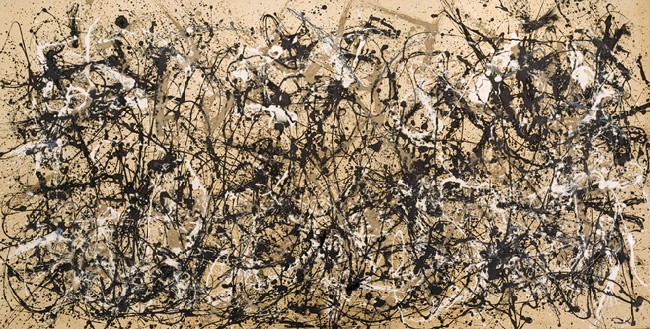
Jackson Pollock – one of the most expensive and talented artists in U.S. history is known to all and everyone. The father of “painting the action” managed to do the impossible: to create a completely new system of relationship between the viewer and the work, which opened the American avant-garde to the international arena. Creativity of the artist has influenced the cultural component of life of any generation of the planet’s inhabitants. Daring, daring, emotional and mysterious, Jackson Pollock has forever entered the history of art thanks not only to his talent, but also to his stunning charisma. One of the works of the great American artist also exists in the collection of the Metropolitan Museum.
Rembrandt “Aristotle Contemplating the Bust of Homer”
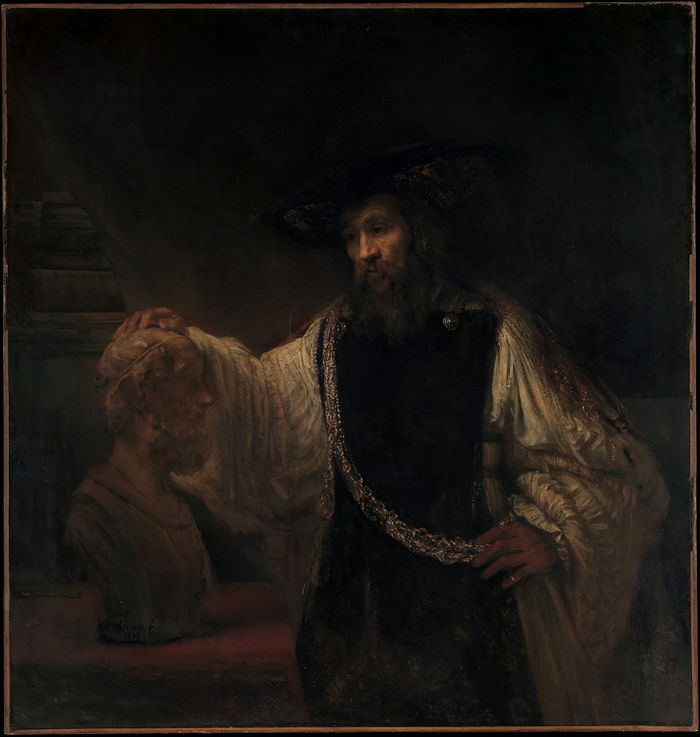
Rembrandt, despite the fact that he lived in Holland, did not quite fit into the tradition of its art and generally went beyond any limits. He created the work “Aristotle in front of the bust of Homer” at a time in his life when he was unrecognized in his homeland, but became loved outside of it. The canvas remained in the possession of the princely family of Ruffo until the end of XVIII century. In 1810, the auction house “Christie’s” put it up for sale In 1961, the Metropolitan Museum acquired the canvas at auction for a record 2.3 million dollars. Prior to that, for 30 years the title of the most expensive painting belonged to “Madonna Alba” Raphael. Buying “Aristotle” caused a lot of excitement in the press. To justify the investment, the museum organized a large-scale exhibition, which was a huge success among New Yorkers. If you didn’t witness these events for any reason, that’s no problem. The painting is still in the museum’s collection and is available for viewing.
“Dance Class” by E. Degas
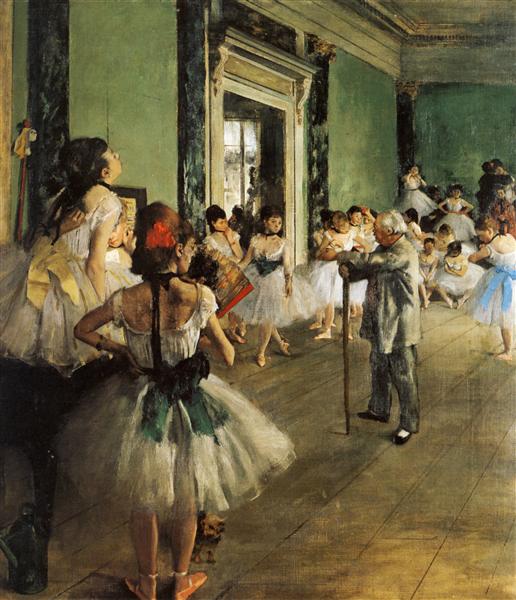
One of the most stunning and popular paintings in the world by a recognized master of color shade – Edgar Degas, which went down in the history of painting along with French impressionism. The painting once again presents us a favorite element of the artist’s life, a world in which it is so easy to drown – the universe of ballet. The author’s amazing talent lies not in the realistic manner of depicting all the actors in the painting, but in the stunning emotion of simultaneous admiration for this world, and on the other hand – a sarcastic joke. Competition, being, emotions and moods – all these things were so consonant with the work of the artist and the life of modern man. The painting, which is in the Metropolitan Museum, was created for several years. The artist personally attended the rehearsals of French master Jules Perrault. When you see this work only once, you will never be able to resist visiting the new exhibition of the inimitable Edgar Degas.
“Self-Portrait in a Straw Hat” by V. Van Gogh
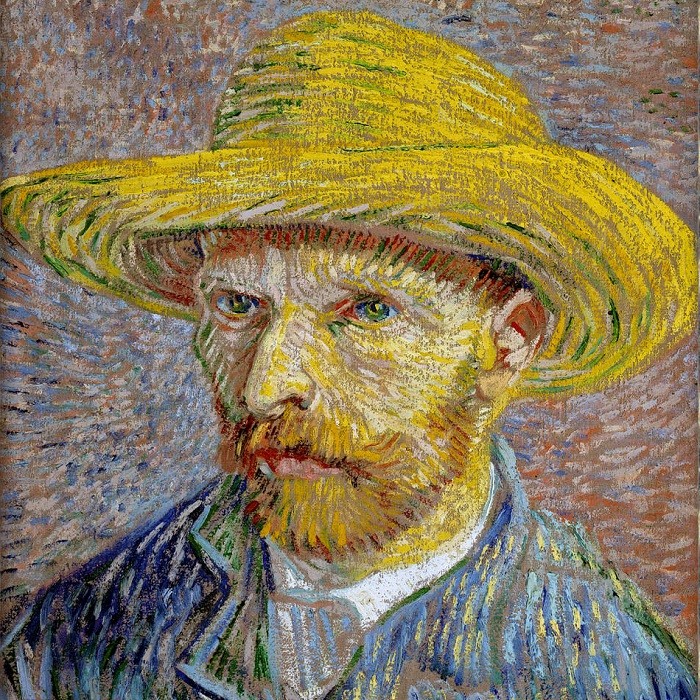
During his legendary “Parisian period” Van Gogh created at least 24 self-portraits, among which the “Self-Portrait with a Straw Hat”, which recently moved to the Metropolitan Museum. Van Gogh tried to study himself as thoroughly as possible, which explains the artist’s astonishing penchant for self-portraits. “Self-portrait in a straw hat” is another attempt by the artist to build a dialogue with the viewer and himself. A painting that literally hypnotizes and each time looks new. Amazing canvas from an amazing master. One should not miss the opportunity to get acquainted with such a masterpiece.
Books
John Gutenberg Bible
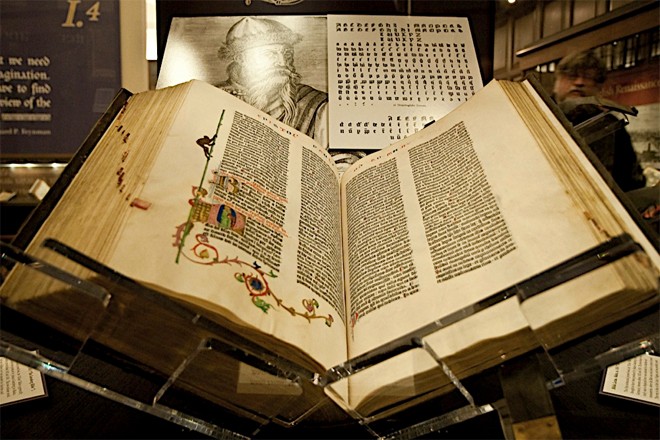
It seems completely impossible to choose one thing here. The entire library, named after Thomas J. Watson, holds several thousand unique books on art history. Moreover, some of the manuscripts themselves are real works of art – such as the Gutenberg Bible, for example.
Photography
Solar beam
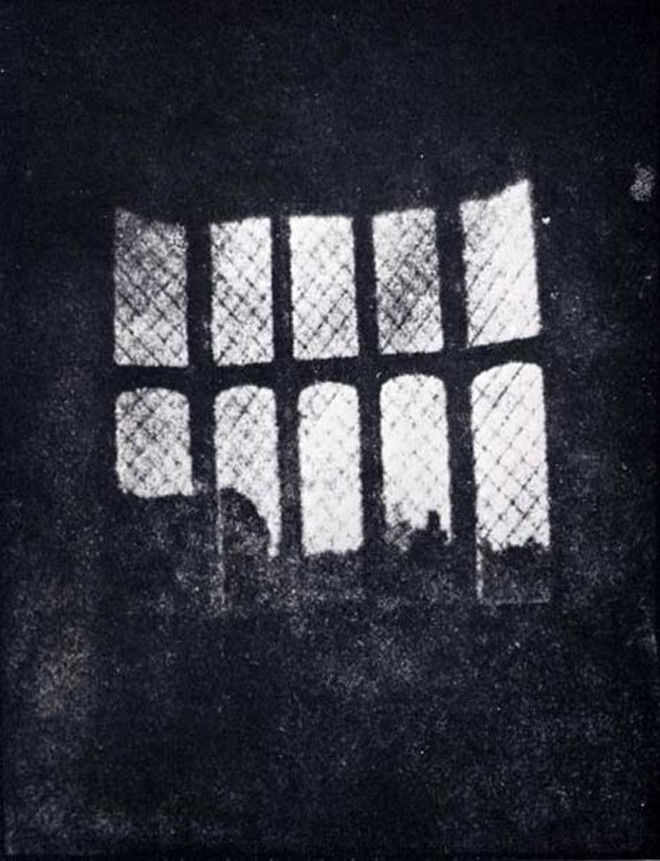
William Talbot, the author of one of the most famous photographs in the collection of the Metropolitan Museum, captured a ray of sun in 1835. The techniques used by the master allowed him to get the first negative image in the world, and from him – a positive print. In the preserved photograph, visitors can vaguely distinguish a vague view from Talbot’s window: the wall and tower of Lecoque Abbey.
Music
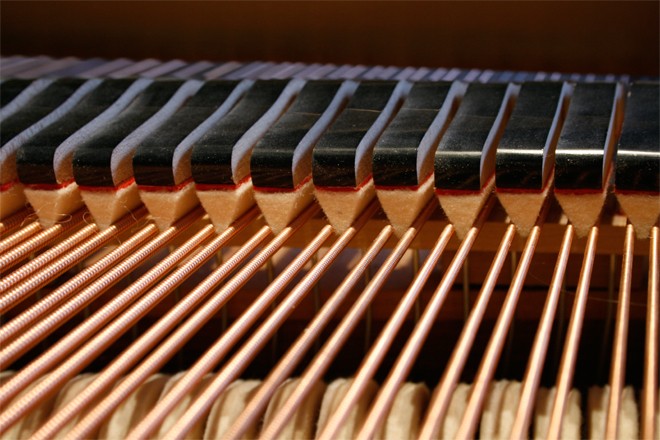
Quite a few iconic items from the Metro music collection are in excellent condition and even participate in concerts. These include several violins by the Stradivarius, but unfortunately not the most interesting item in the exhibition. The oldest piano in the world was created in 1720 by the Italian master Bartolomeo Christophori, and in the music hall of the museum it occupies an honorary center.
Manuscript
Luxury watchmakers of the Duke of Berry
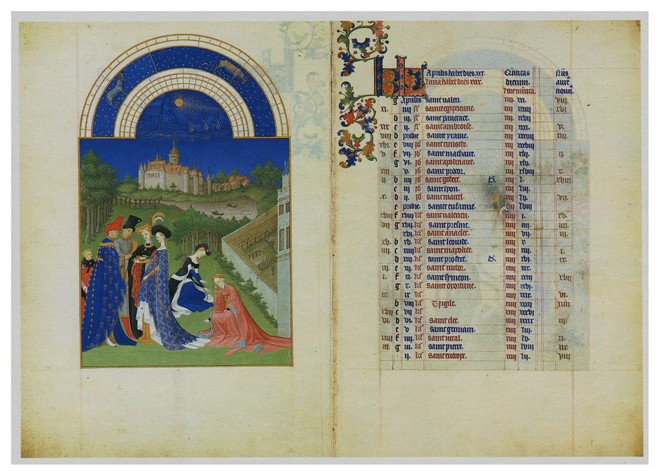
“The Duke of Berry’s Luxury Watchmaker is a famous illustrated manuscript created in 1409 for the Duke’s niece, Maria of Gelder. The codex was authored by renowned masters of medieval book miniature, brothers Jan, Paul, and Hermann Limburg. Unfortunately, the code remained unfinished: both the patron himself and the masters fell victim to the plague.
Collections of decorative and applied art of the museum
The Thomas J. Watson Library is the museum’s main library. At first, it collected only books that dealt with the history of art, various catalogues of world exhibitions, all sorts of publications about the latest sales at the largest auctions, in order to most clearly reflect the entire process of collecting the collection of his museum. During the course of time, rare publications, antique books, which are not only sources of information, but also valuable works of art in themselves, have appeared in the library. For example, it is here that the famous book by Dürer and Afanasius Kircher is kept, as well as a copy of “Le Description de l’Egypte”, which is considered one of the best examples of all French book printing. The latter, to be fair, was taken from Napoleon Bonaparte in 1803.
In 1906, a new department of Ancient Egyptian Art was founded in the museum.
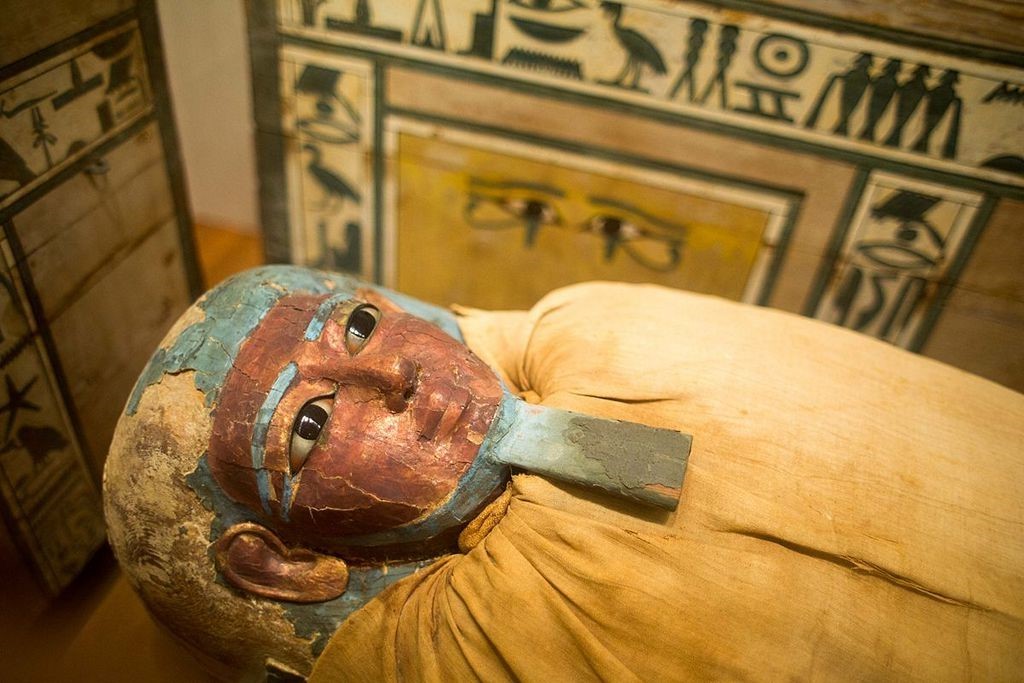
This exhibition includes the tomb of the dignitary “Mastaba”, which is attributed to the third century BC, at the same time include tombstones, sarcophagi and mummy, as well as various sculptures of Egyptian gods.

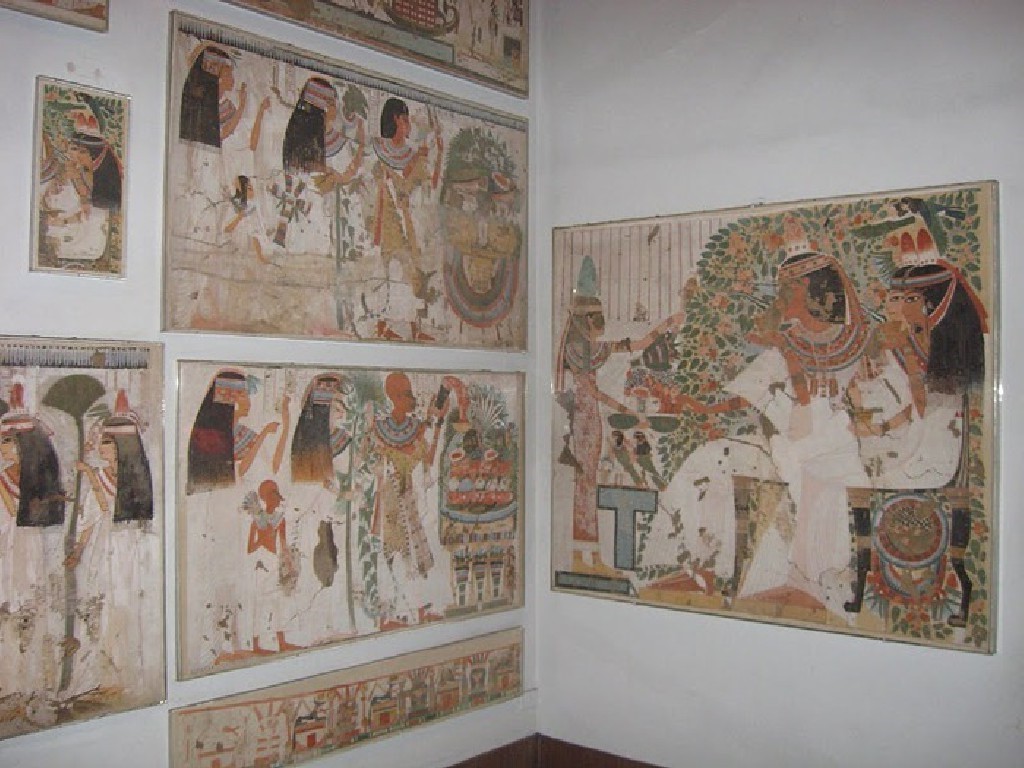
In particular, in the Metro you can find Anubis, a sculpture of the Sphinx with the head of Pharaoh Senurset the third, faience Sphinx with the head of Amenhotep the third, a lot of items taken from the funeral temple of Queen Hatshepsut, which was found in the place of Deir el-Bahri. There is also an abundance of wooden furniture, various clothes and shoes, as well as unique jewelry.
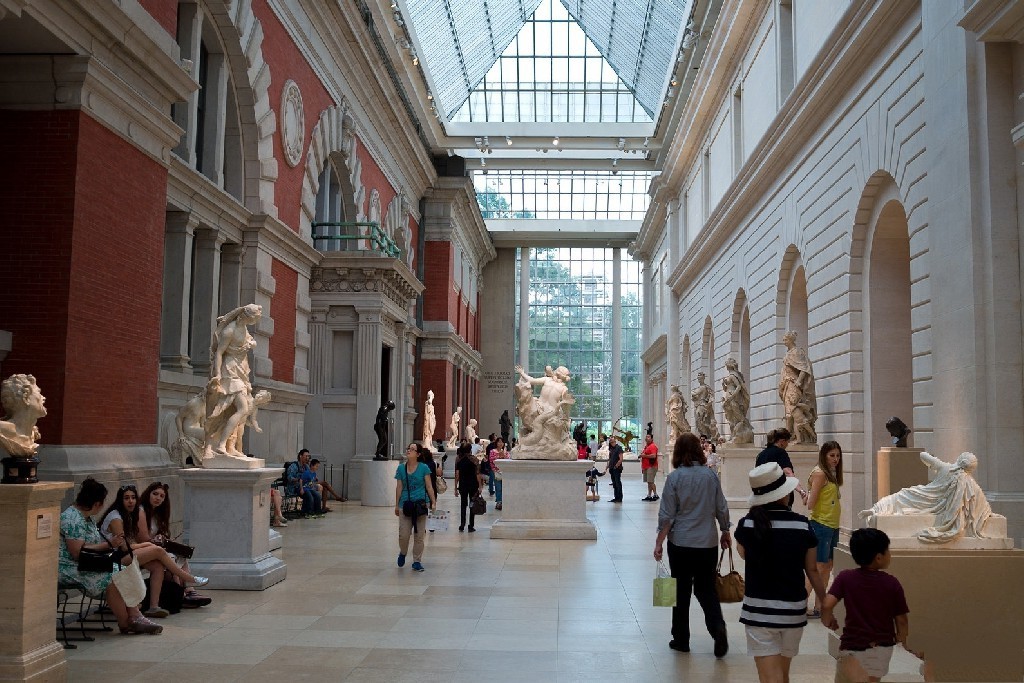
In the Antique Department there are many works brought from Cyprus, there are Greek and Roman sculptures, there are also examples of Roman wall painting.
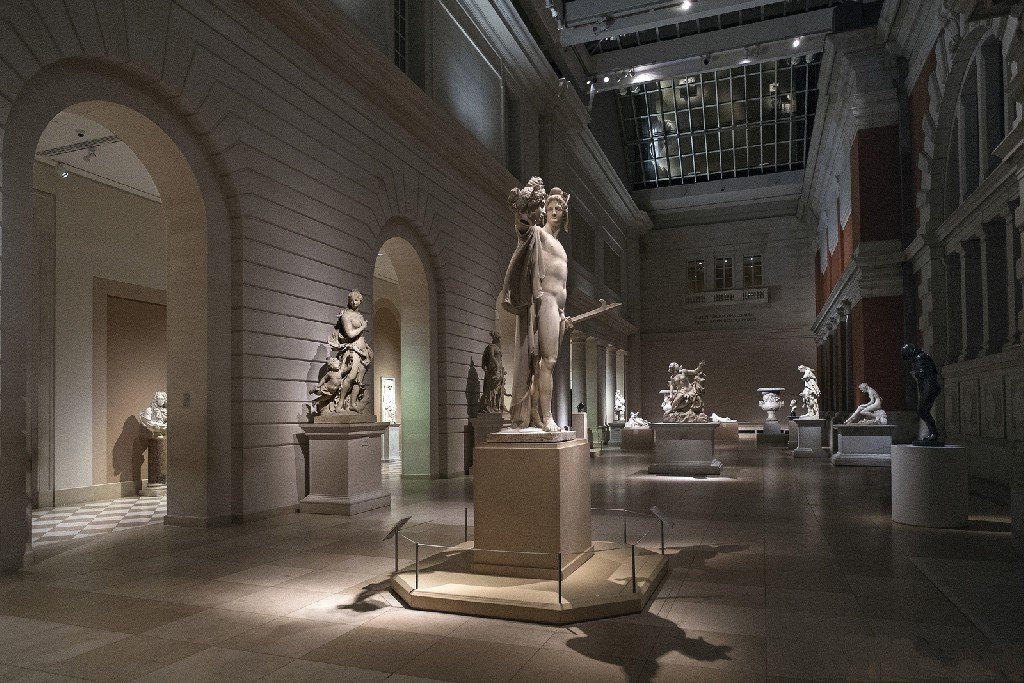
Greek fine plastic and bronze, glass and ceramics are beautifully represented in this exposition. The exposition is decorated with a chic Etruscan Bronze Chariot from Monteleone, dated the sixth century BC.
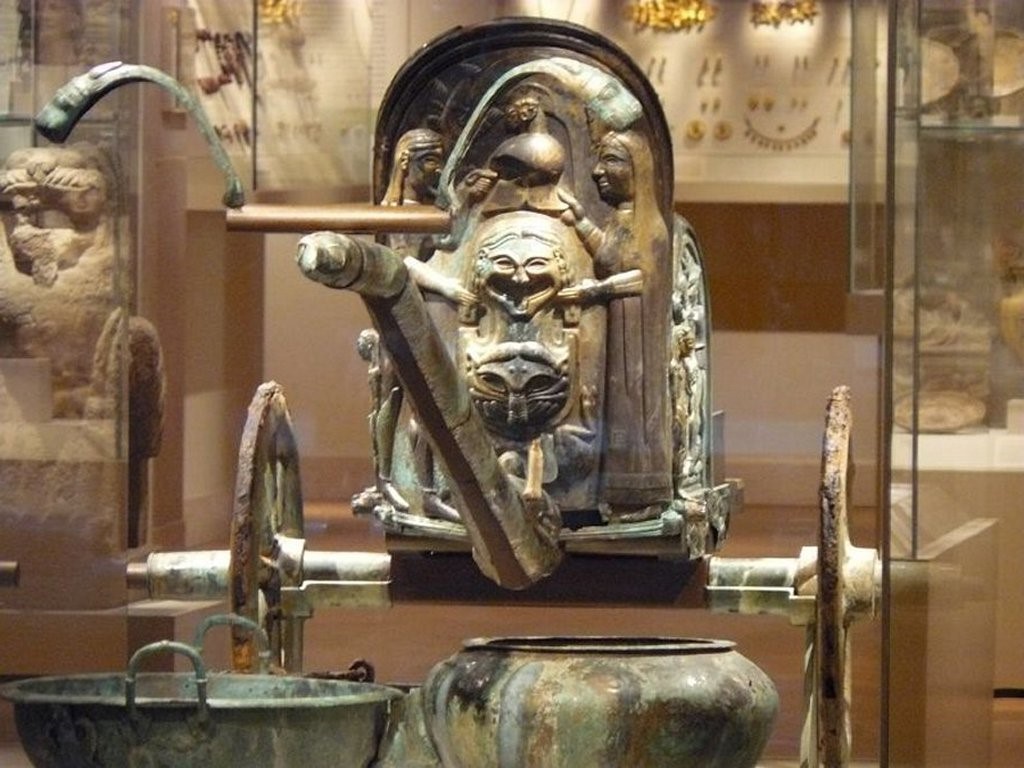
In addition, lovers of antiquity can see Roman marble sarcophagi, samples of magnificent Pompeii paintings taken from villas in Boscoreala and Boscotrekaze, samples of floor mosaics and fine jewelry.
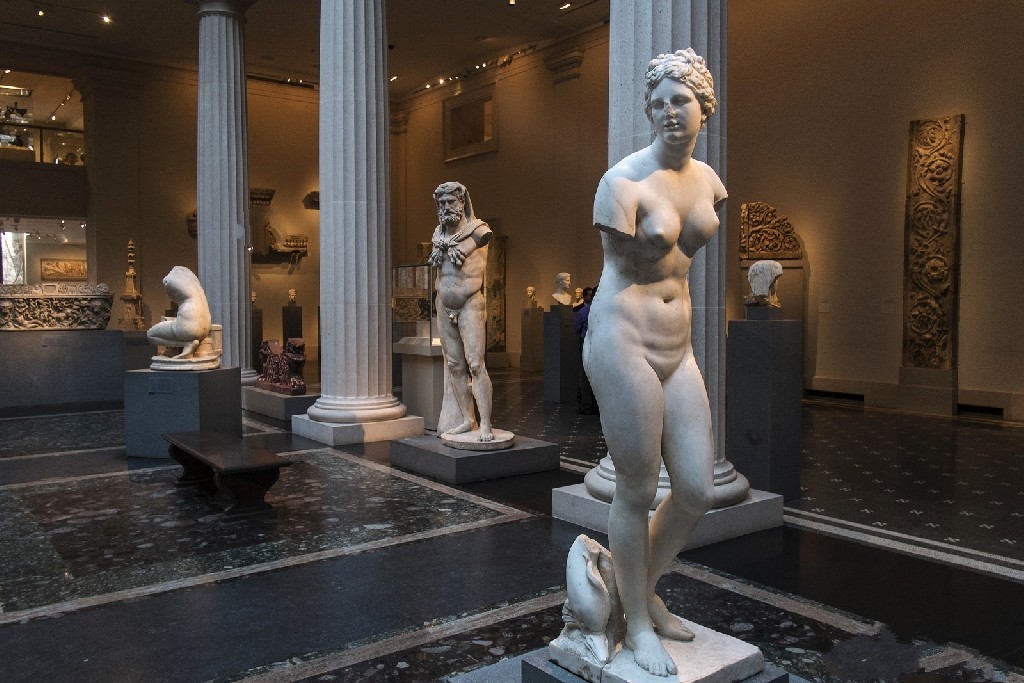
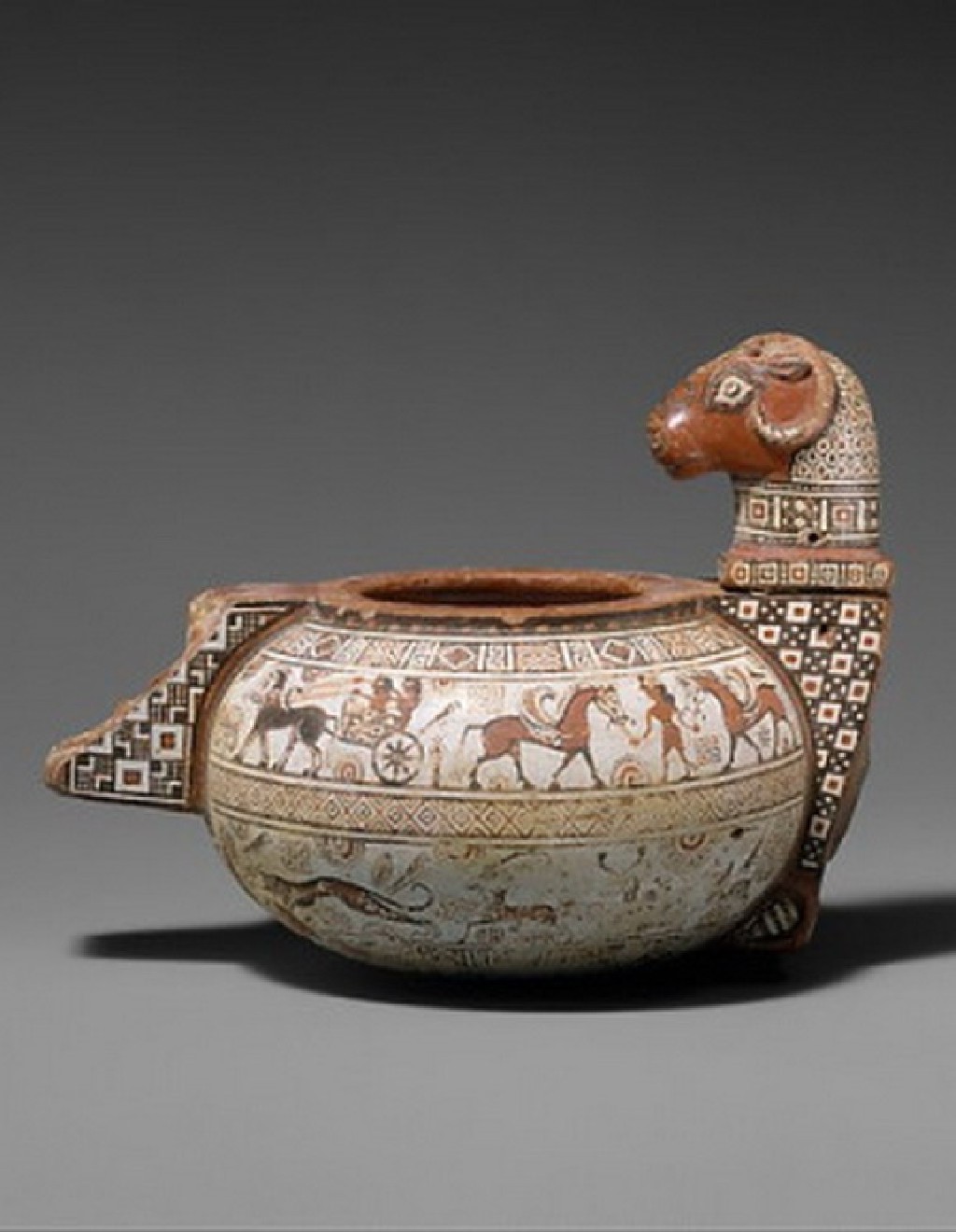
In the Department of Art of the Middle East you can admire the art of Mesopotamia and Iran, as well as Syria and Anatolia and other Middle Eastern countries. It is here that the famous Four-Gazelle Bowl made in the first millennium BC, the reliefs from the royal palace in Nimrud and the reliefs from the Babylonian walls are kept.
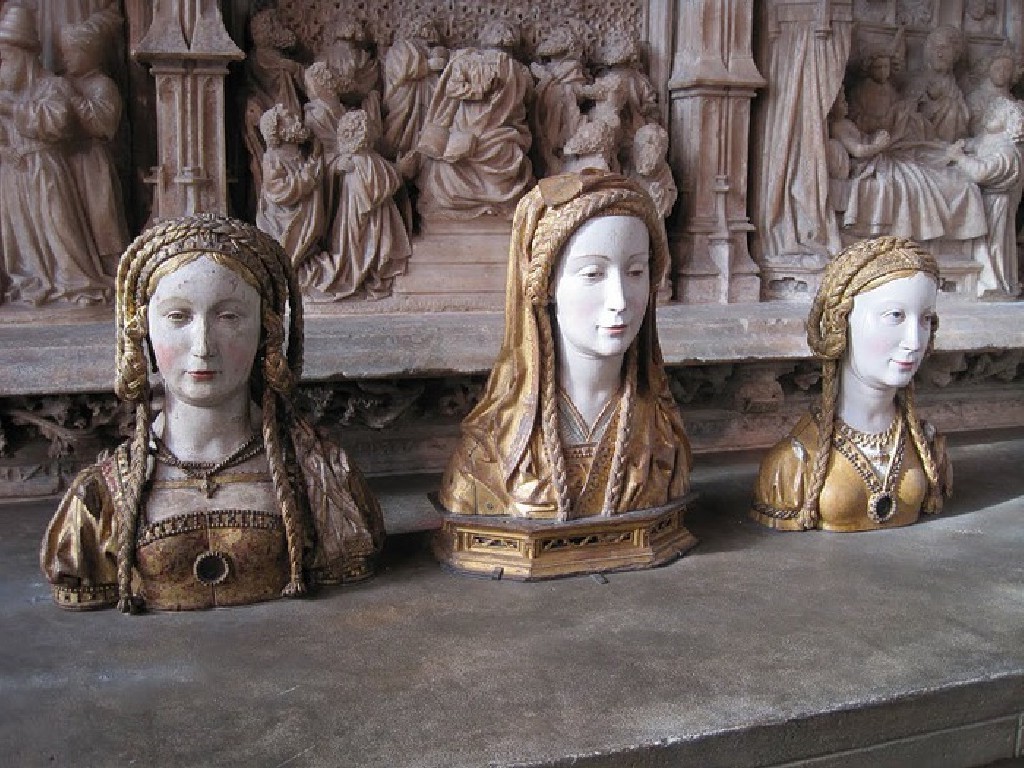
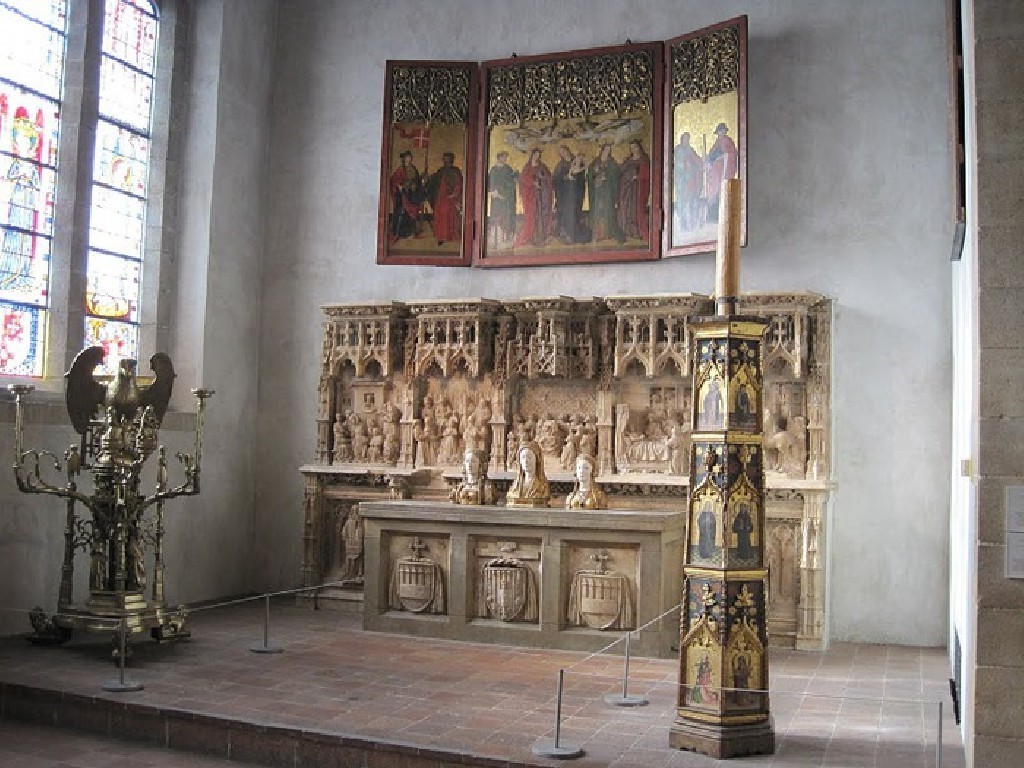
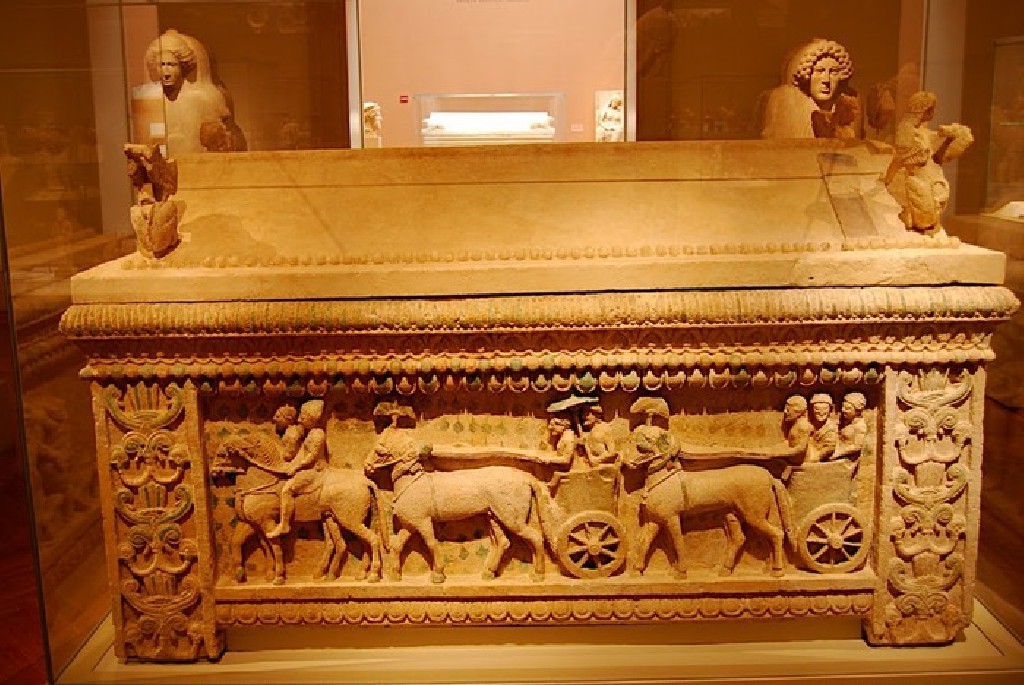
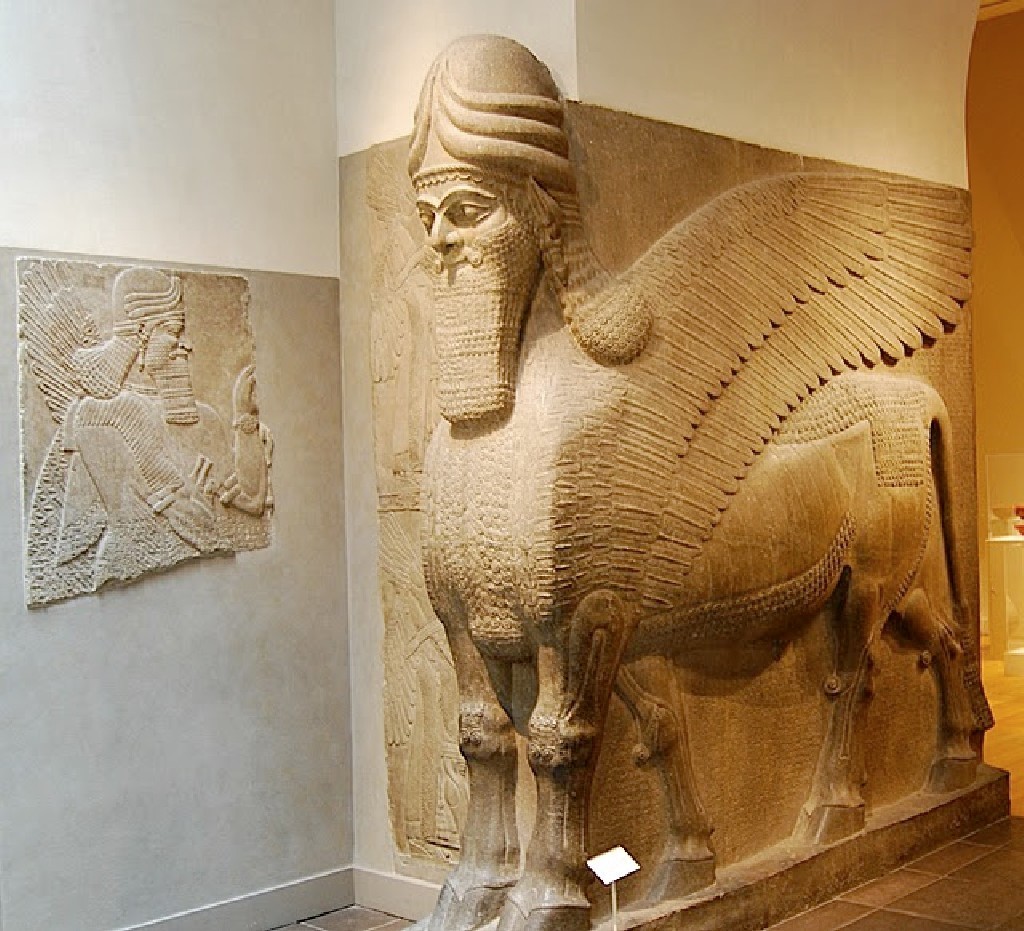
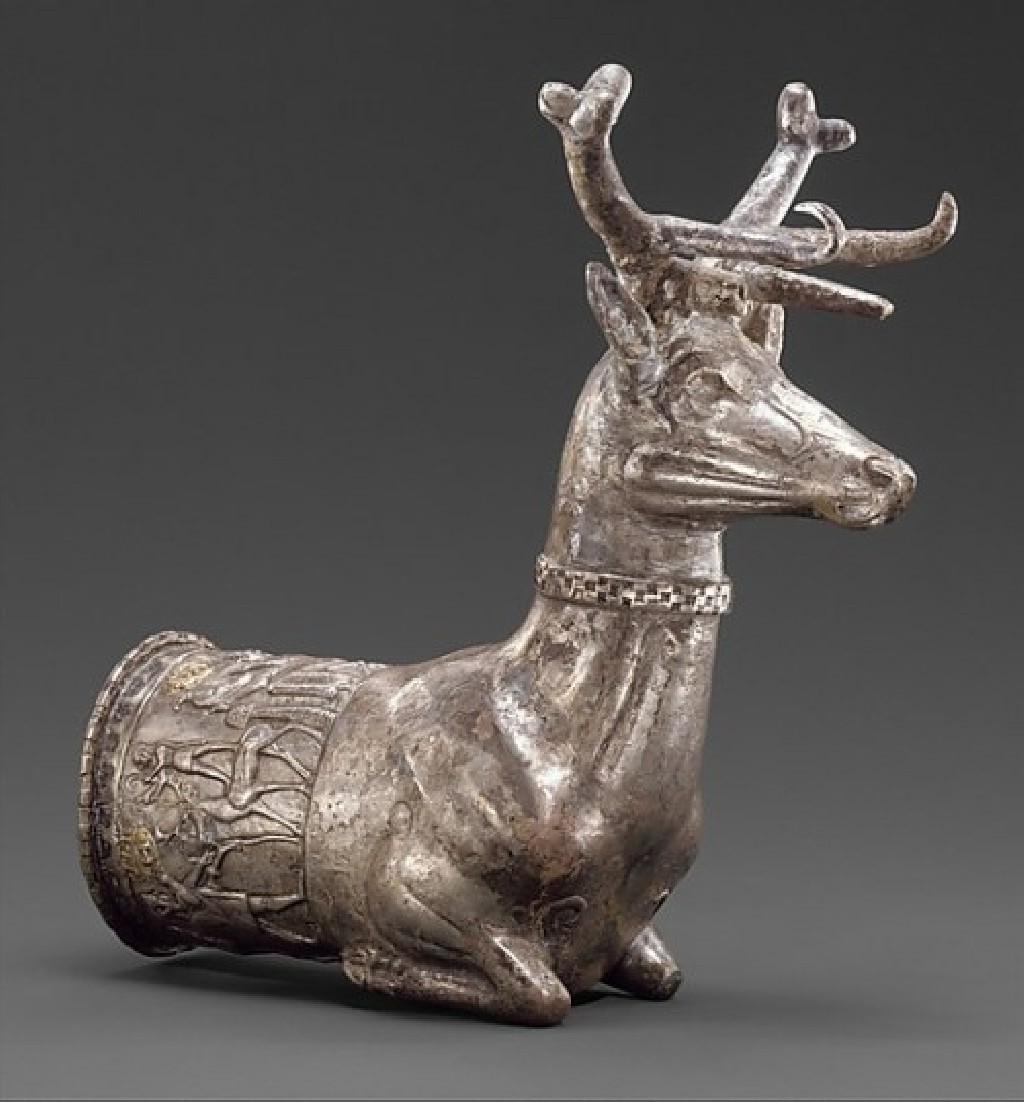
Riton shaped like a deer. Around 1400 BC. Hittite Empire, Central Anatolia Silver, inlaid with gold. 18 cm Norbert Schimmel Collection, Metropolitan Museum.
The section of American decorative art includes about 12 thousand exhibits, from the end of the seventeenth century to the beginning of the twentieth century. Each of the 25 rooms is decorated in the spirit of a particular era or a separate designer. The Metro boasts a huge collection from Paul Rivera and from Tiffany & Co.
The sections of the museum, which exhibits sculpture of Europe and decorative art, opened in 2007, it includes works by the best European masters from the fifteenth to the nineteenth century.
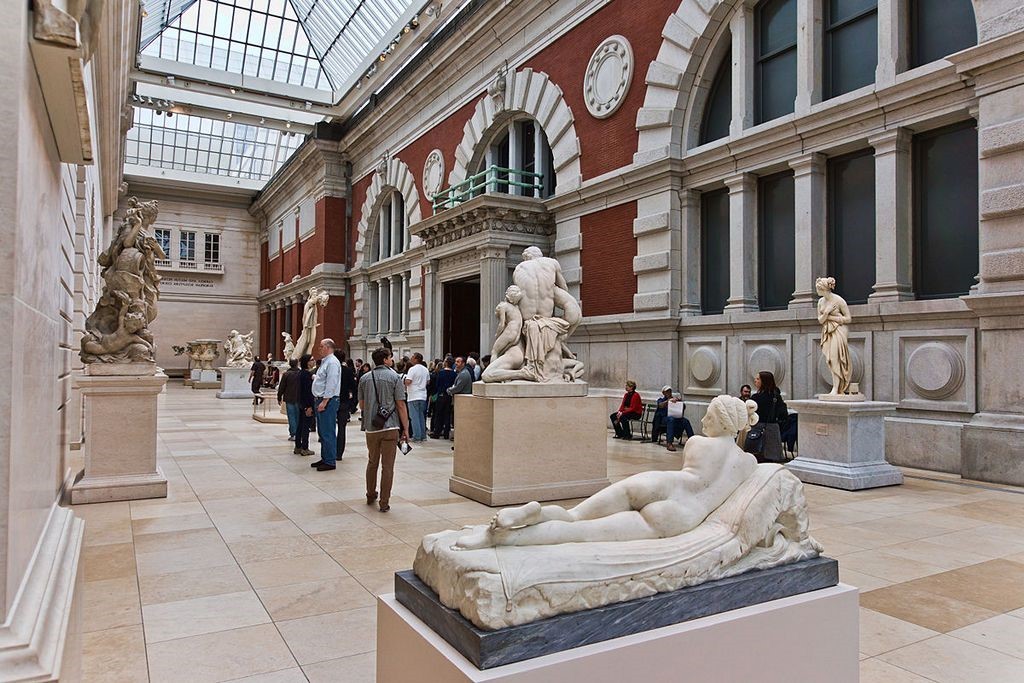
The museum has elegant collections of magnificent tapestries, rare European furniture, incomparable interiors brought from Italy, France, England of the seventeenth and eighteenth centuries, items of applied art made of gold, silver, decorated with enamel and ivory.
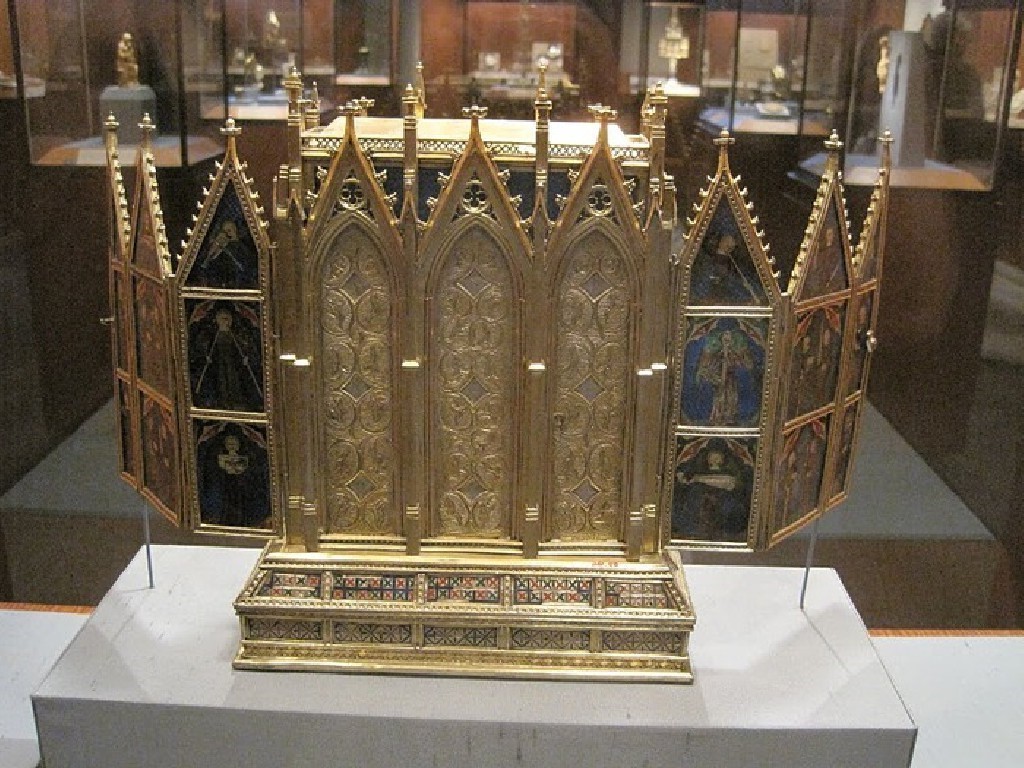
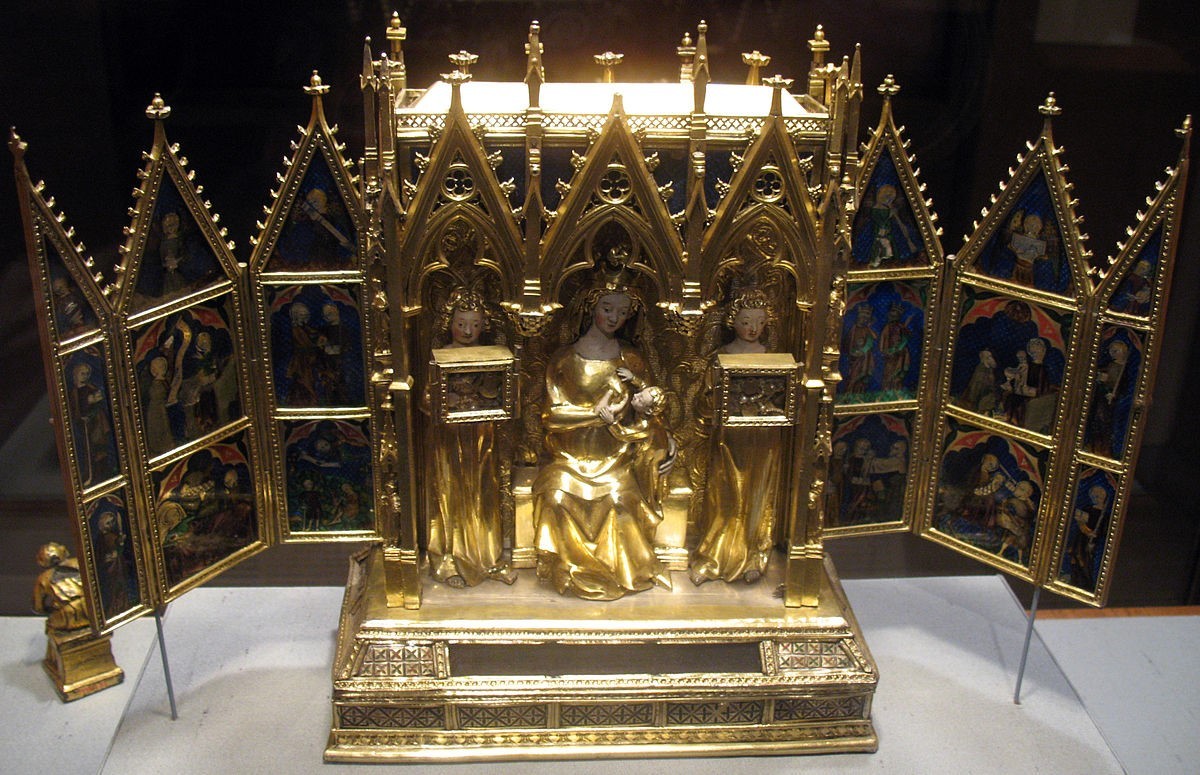
There is no doubt that on the pages of our magazine we will return to all of this, as well as to a magnificent collection of glass and porcelain.
The Islamic Art Department, established in 1963, keeps not only traditional works of glass, metal, handmade antique carpets, but also manuscripts from Egypt, Syria, Mesopotamia, rare royal miniatures found in Persia and India.
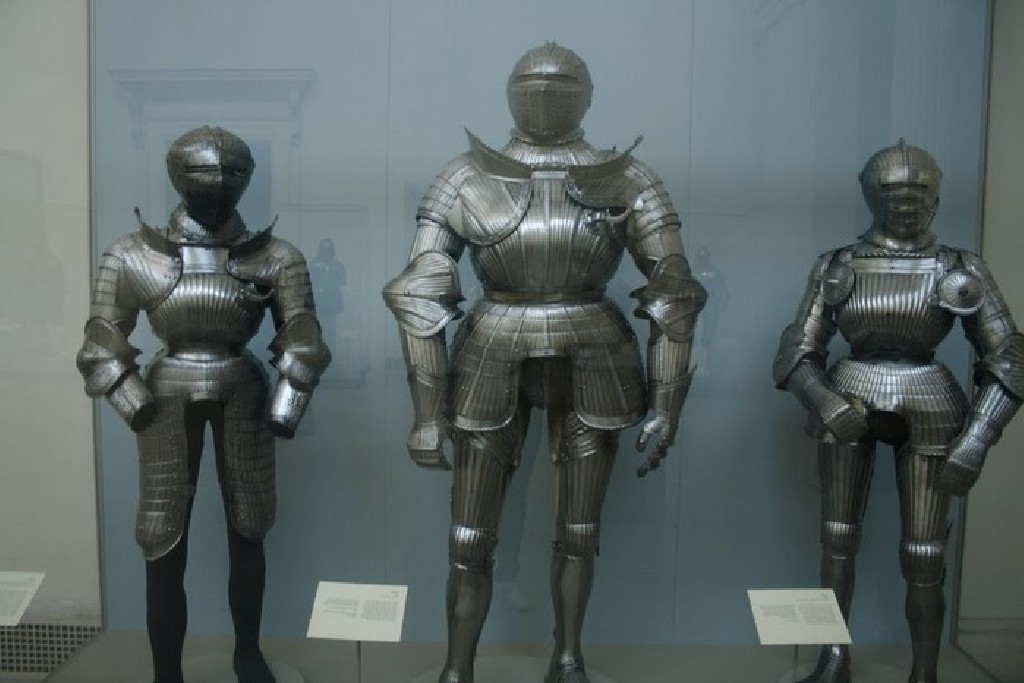
The medieval collection is located in the main building of the museum in the gallery located on the ground floor. it includes six thousand exhibits.
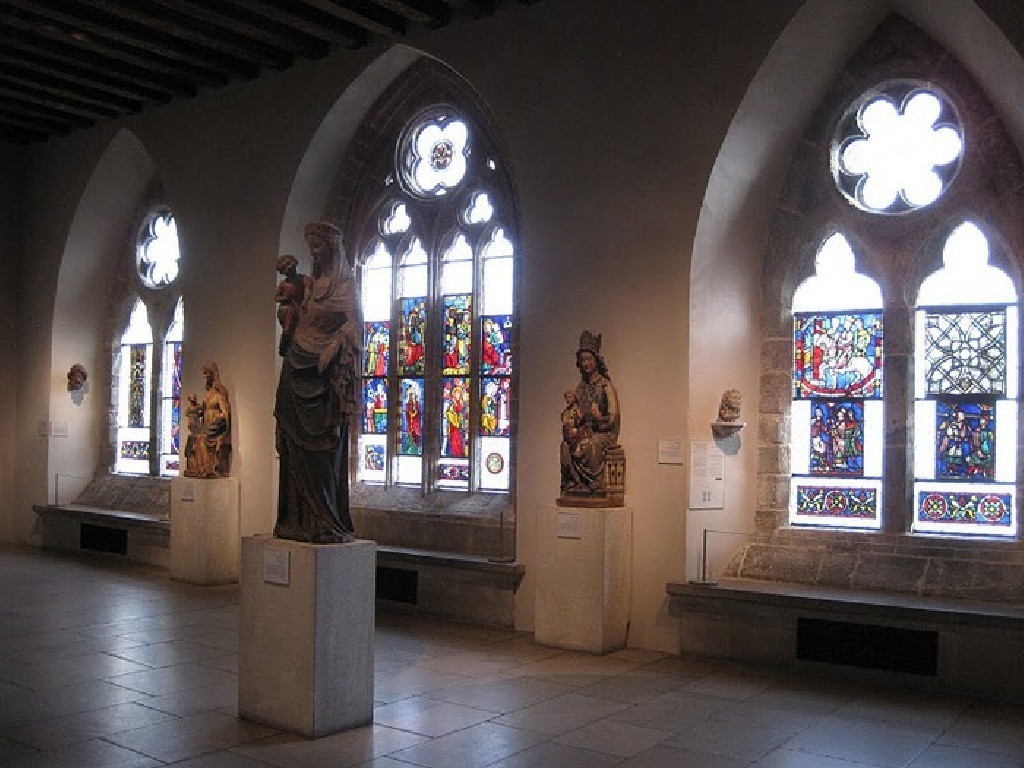
There are a great many examples of the history of European culture, but still most of the recognized works of art from Europe are in Cloisters. This is a special gallery with a huge medieval collection, which is of particular interest to all lovers of applied art all year round.
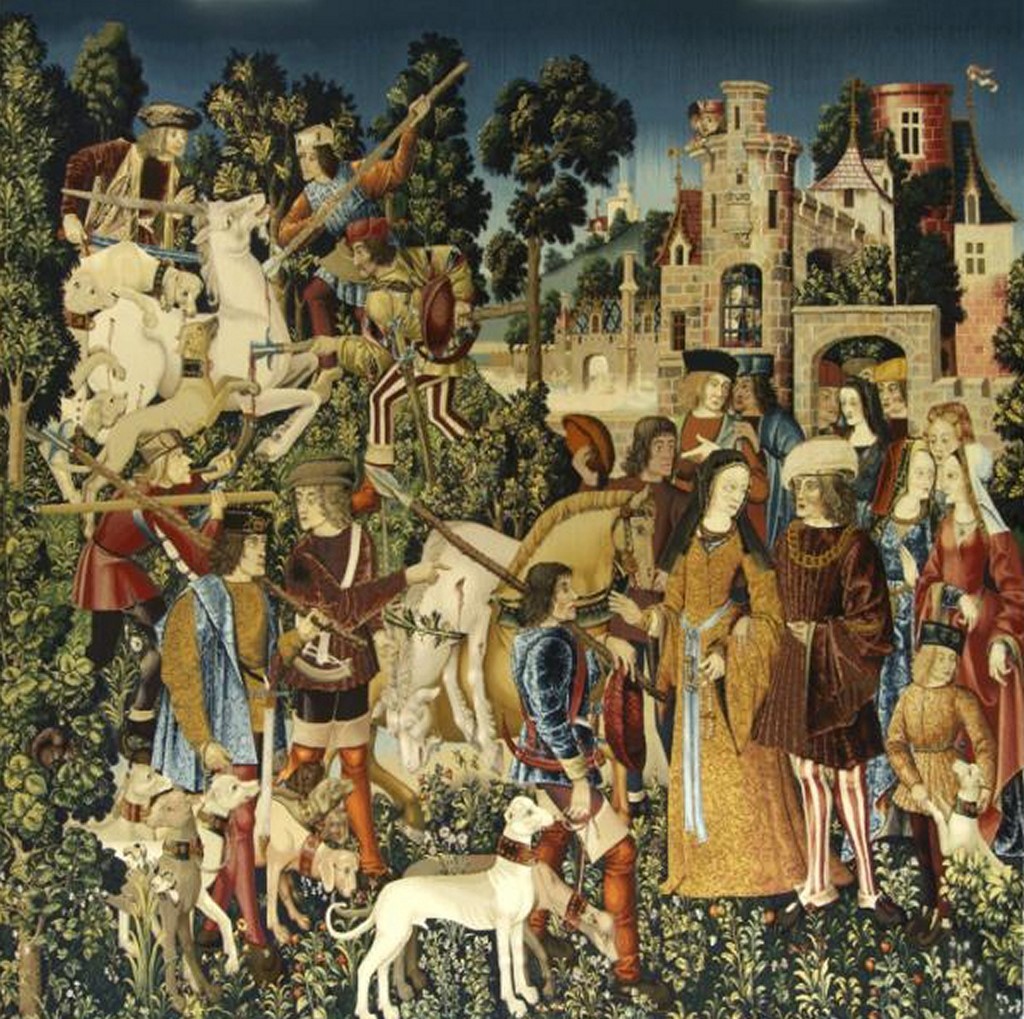
Located on Manhattan’s North Hill, Chloisters is an affiliate of Matt’s. The museum exhibits medieval Western European art artefacts brought from Europe.
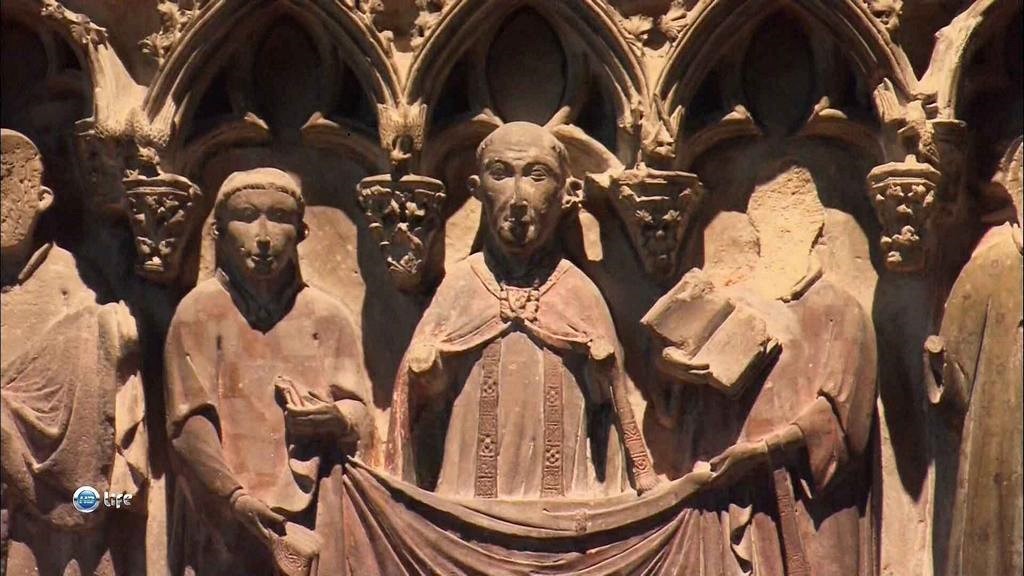
In the collection of weapons are available for the joy of medieval lovers in excellent condition knight’s armor from Italy and Britain, Spain and France, as well as a full arsenal of antique weapons.
The department of musical instruments is magnificent, the exposition is represented by real masterpieces.
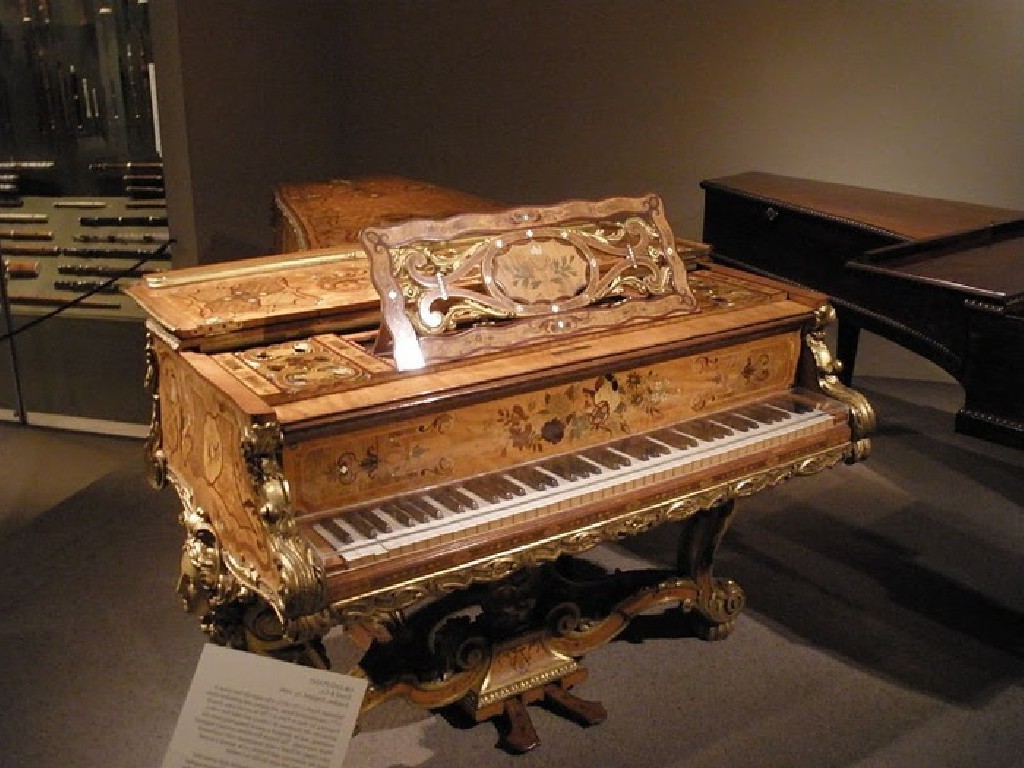
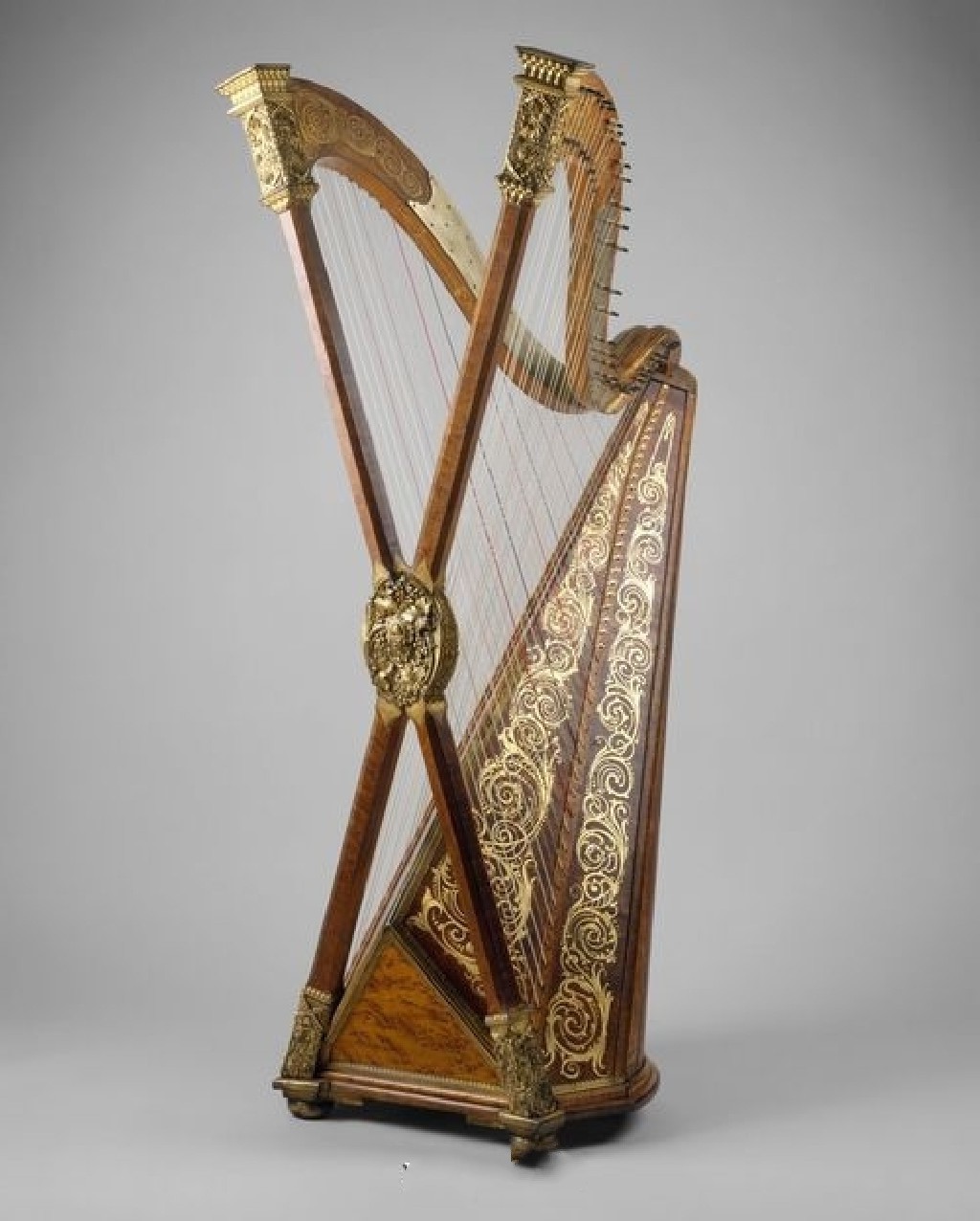
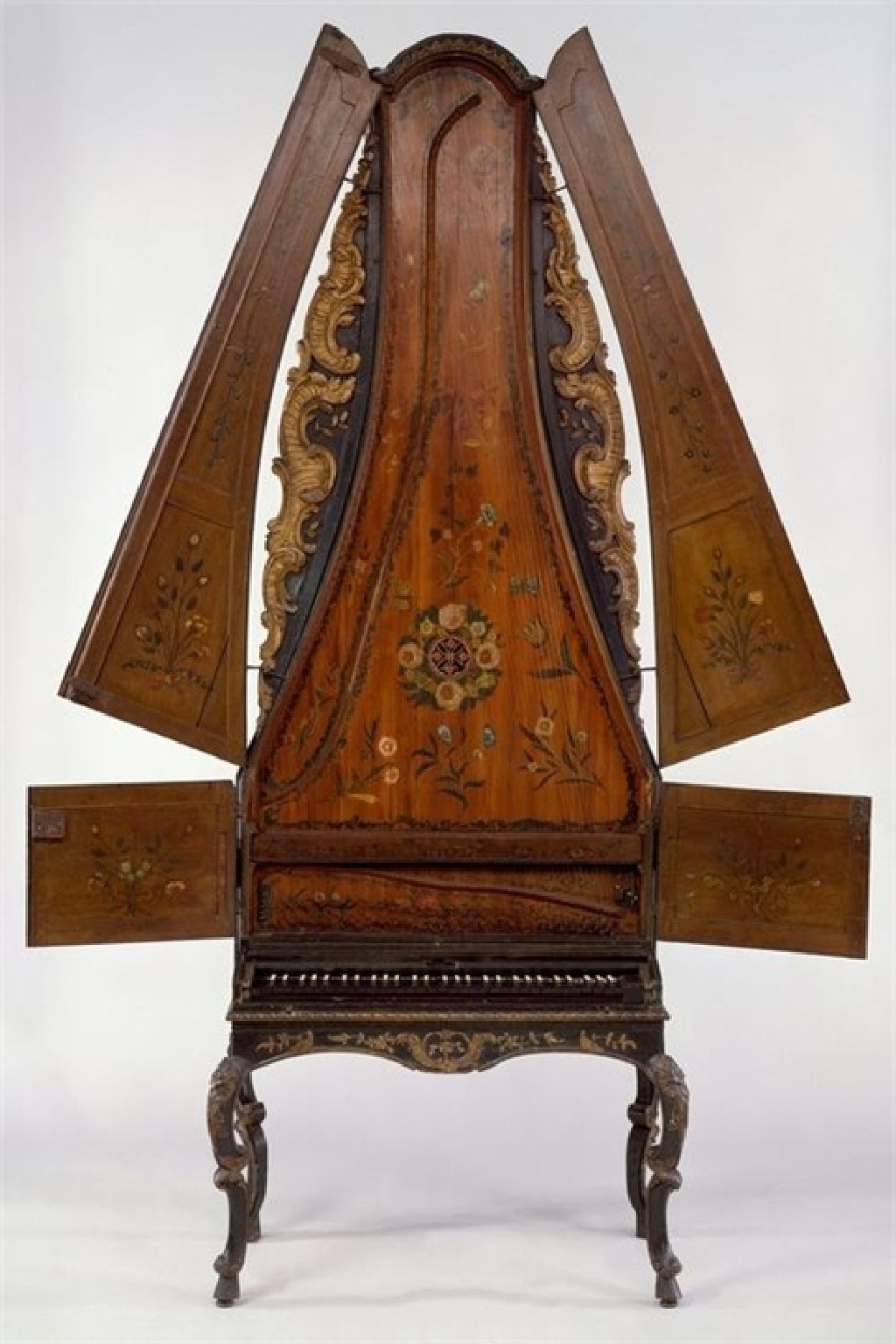

The Department of Arts of Africa, Pacific Islands and America was opened in 1982. It features bronze and wooden sculptures from Africa, New Guinea, Polynesia, gold, stone, pre-Columbian ceramics from Mexico and South America.
On its centenary in 1970, the museum received a gift from Nelson Rockefeller a whole museum of primitive art, introducing visitors to the art of the peoples of Oceania, Africa and South America. The basis of this department was formed by past exhibits of the former Museum of Primitive Art, which arrived there in 1978.
We will return to tell you about the expositions of this museum many times, as it is impossible to acquaint the reader with at least the most famous masterpieces from the Metro in one material, as well as it is impossible to bypass it in one day. Whether you spend a day, a week or a whole month in it, you will not see everything that is inside anyway.
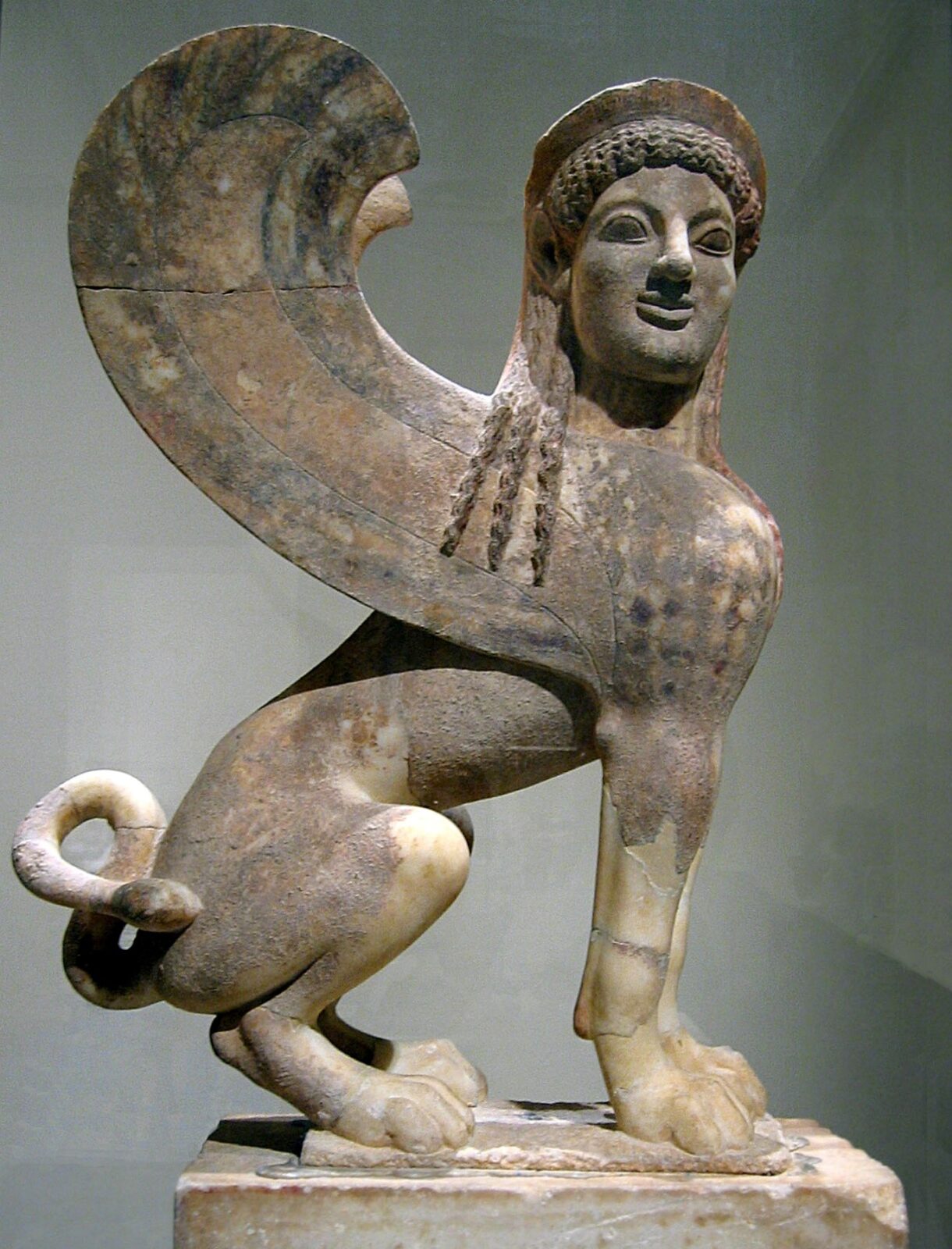
Sphinx, from 530 BC.
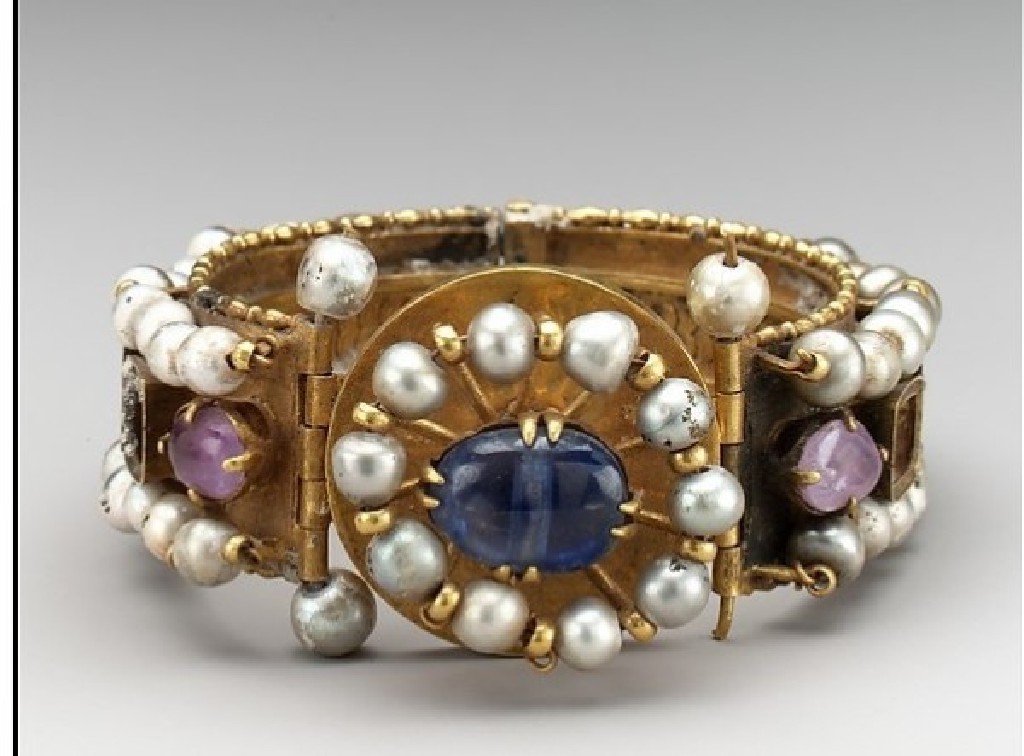
Jewelry bracelet, VI-VII century. Constantinople. Gold, silver, sapphire, pearls.
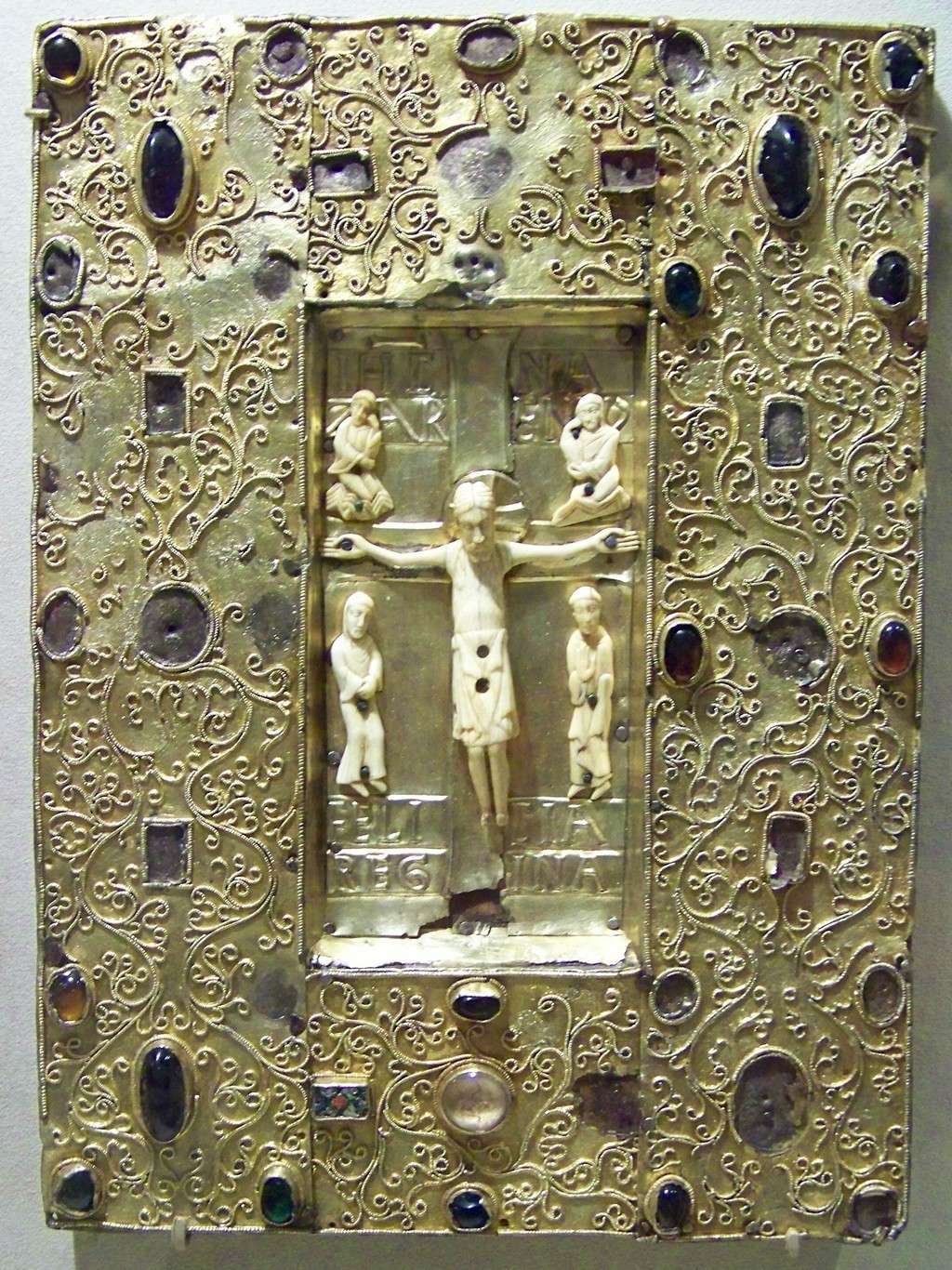
Cover of the book from the Byzantine icon of the Crucifixion, to 1085.
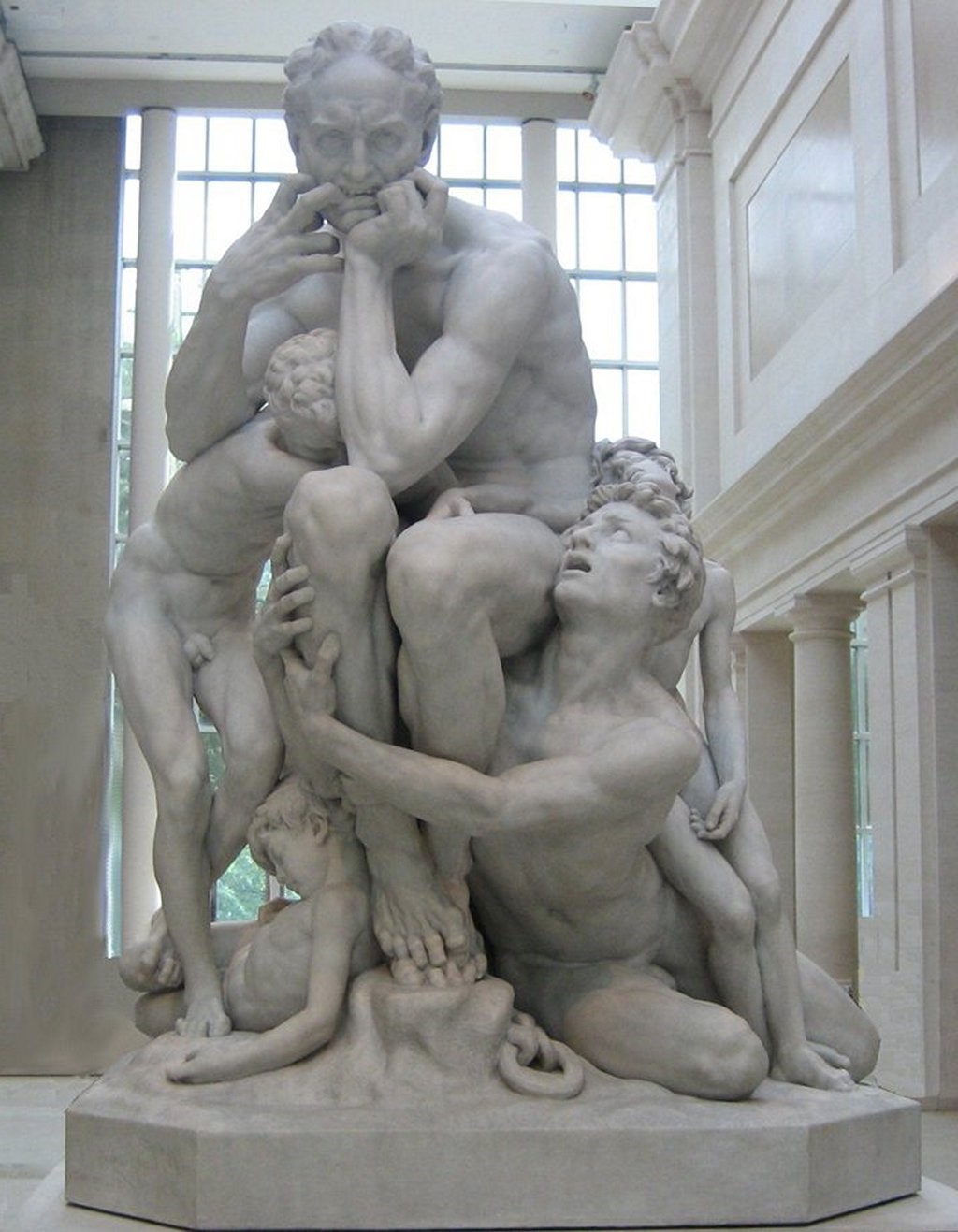
Jean-Baptiste Carpo “Ugolino and his sons”, 1865-67.
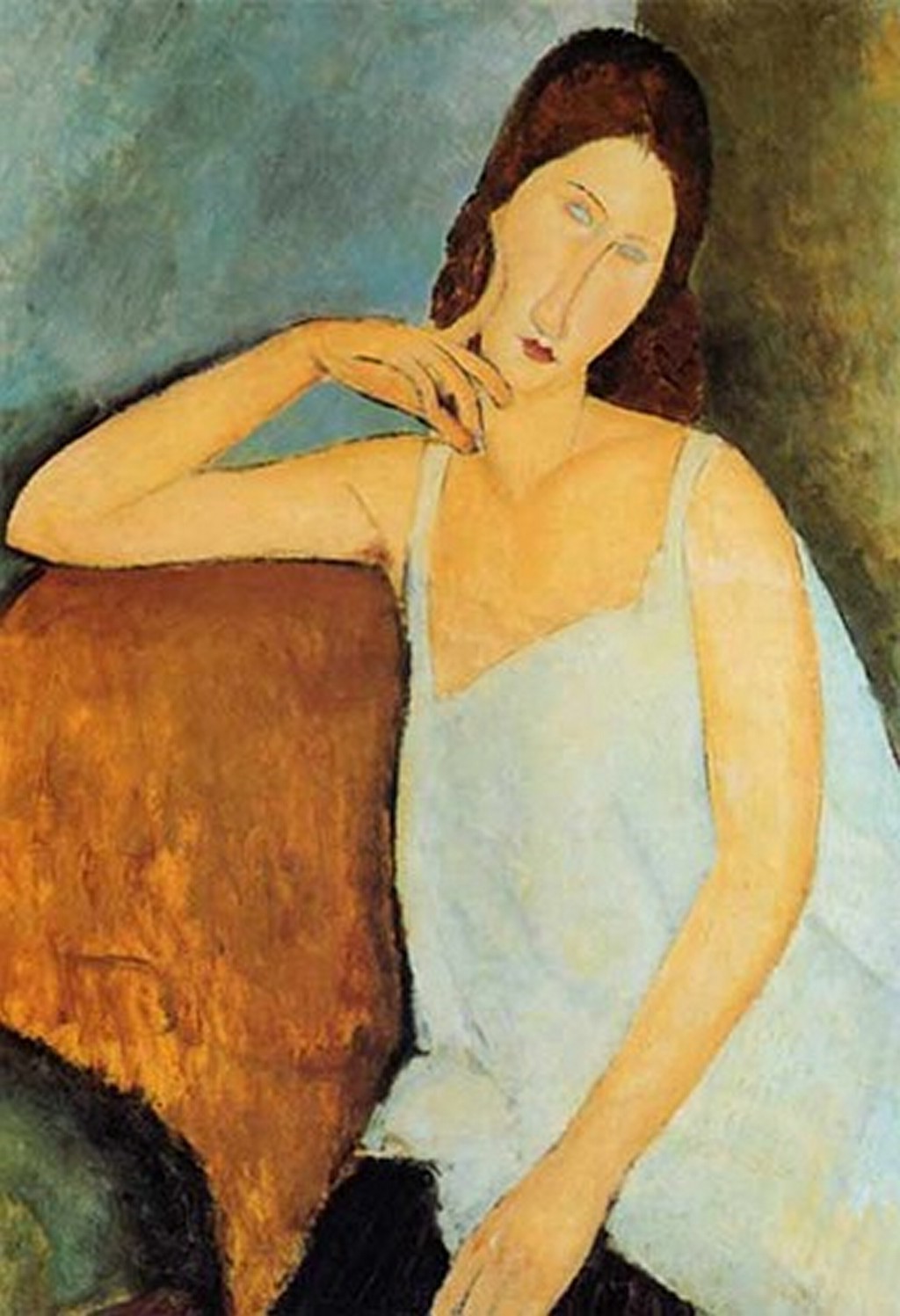
Amedeo Modigliani “Portrait of Jeanne Hebutern”, 1919.
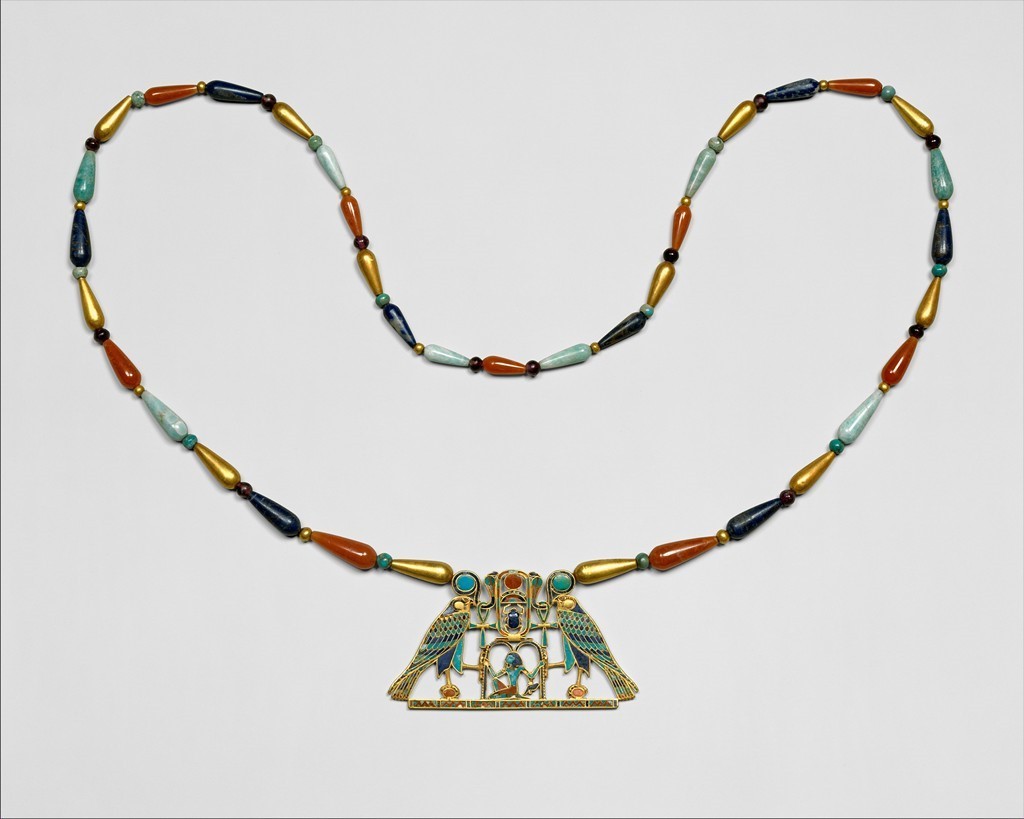
The breastplate, taken from the tomb of Princess Sithathorunet. Middle Kingdom, twelfth I dynasty, 1887-1878 BC.
The Metropolitan Museum is not just a museum, it’s a real treasure trove. Here you can see and get acquainted closer with the works that were revolutionary, unrecognized, shocking and innovative at the time of their birth. One should never miss the opportunity to touch the great beauty.
























